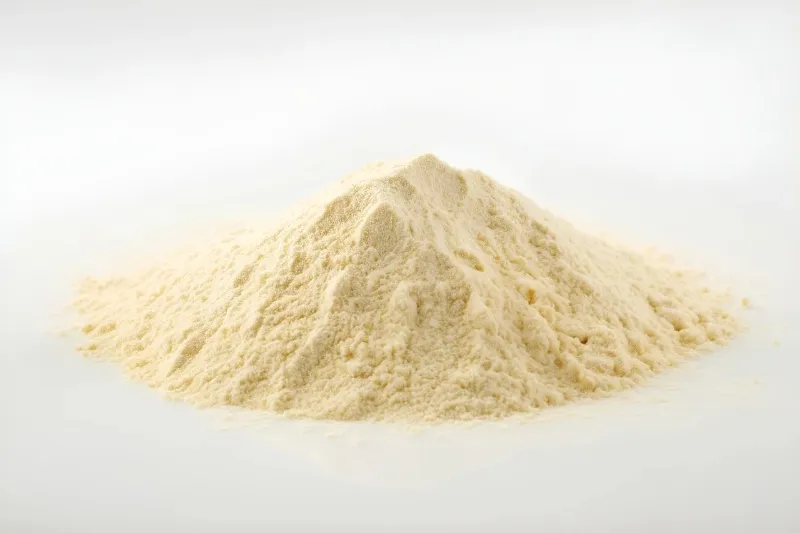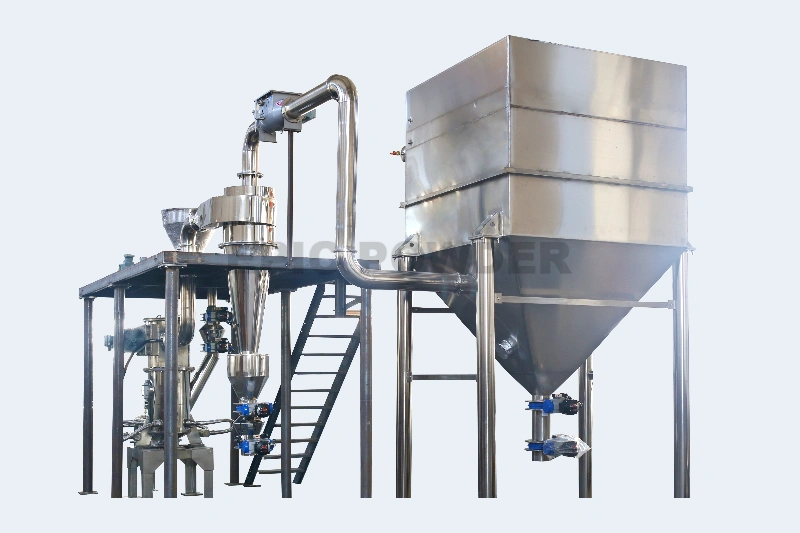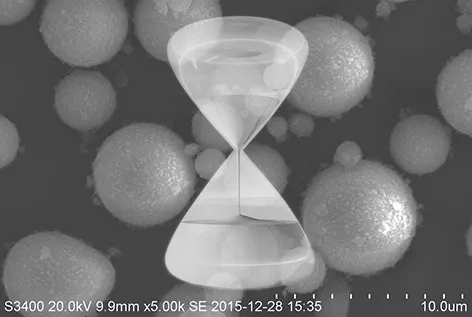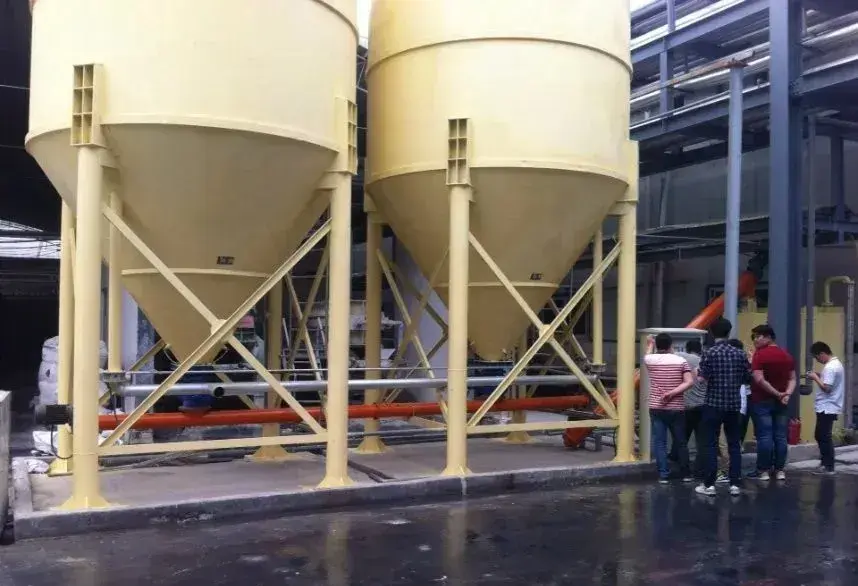Xanthan gum appears as an off-white or light-yellow solid powder; it has a slight odor and no taste. In water, it swells into a colloidal solution but is insoluble in ethanol and organic solvents (such as acetone, ether). Xanthan gum dissolves easily in both cold and hot water, forming solutions with high viscosity. It shows outstanding resistance to acids, alkalis, and salts, as well as excellent thermal stability. In addition, it exhibits suspension ability and certain thixotropy. To optimize these functional properties, low-temperature superfine grinding jet mill technology is often employed for ultrafine grinding, ensuring uniform particle size distribution and maintaining product stability during processing.

Once dissolved in water, xanthan gum presents special physicochemical properties, specifically:
- It exhibits extremely high pseudoplasticity across various shear rates and concentration ranges.
- It dissolves well in both hot and cold water. Even at very low concentrations, it retains high viscosity—for example, at 1% concentration, its viscosity is roughly 100 times that of gelatin—showing a remarkable thickening effect.
- It has excellent thickening and suspension ability, and also demonstrates advantages in dispersion and emulsion stabilization.
- It is highly stable, resistant to acids, alkalis, high salts, and high temperatures, as well as to freezing. It also shows strong resistance against enzymatic degradation and microbial contamination.
- Its good compatibility lies in its ability to blend with a wide range of substances, including acids, bases, salts, surfactants, and biogums.
Preparation Process and Grinding Equipment Selection for Xanthan Gum
Fermentation process
Xanthan gum is produced by carbon source fermentation. The core steps are:
- Strain activation: Xanthomonas campestris is used as the strain, activated in TSB medium at 28°C for 24 hours.
- Seed culture: Inoculated into fermentation medium (containing 3% glucose, 2% soybean hydrolysate), cultured for 48 hours until OD600 reaches 8.0.
- Main fermentation: Seed broth is transferred into the fermenter at 10% volume ratio, with conditions controlled at pH 7.0±0.2 and dissolved oxygen ≥30%. Fermentation ends after 72 hours.
- Post-treatment: Fermentation broth undergoes ethanol precipitation (70%), centrifugation, and drying to obtain the final product.
Grinding equipment selection
Because xanthan gum is heat-sensitive and highly viscous, the recommended equipment includes:

- Low-temperature superfine grinding jet mill (such as EPIC Powder Jet Mill series): Grinding is performed under cooled conditions via compressed air expansion, maintaining the temperature below 25°C to prevent colloid degradation. The particle size can reach D50 ≤10 μm.
Diverse Applications of Xanthan Gum
Thanks to its unique thickening, suspending, stabilizing, and emulsifying properties, xanthan gum is widely applied in multiple industries:
- Food industry: As a thickener, stabilizer, and emulsifier in beverages, condiments, ice cream, jams, and baked goods.
- Pharmaceuticals & cosmetics: As a pharmaceutical carrier and thickener in oral liquids, creams, and cosmetic products.
- Petroleum industry: In drilling fluids and fracturing fluids to enhance rheological properties and improve operational efficiency.
- Agriculture: In pesticide suspensions and fertilizer formulations to improve dispersibility and stability.
- Daily chemicals & industrial products: As a thickener and stabilizer in coatings, detergents, and textile sizing.
Epic powder
The EPIC Powder Jet Mill series, with its low-temperature grinding and precise particle size control, has become the preferred equipment for xanthan gum processing. As biopolymers expand into emerging fields such as new energy (e.g., solid electrolytes), the integration of xanthan gum with efficient grinding technologies is set to drive breakthroughs in functional material applications.

